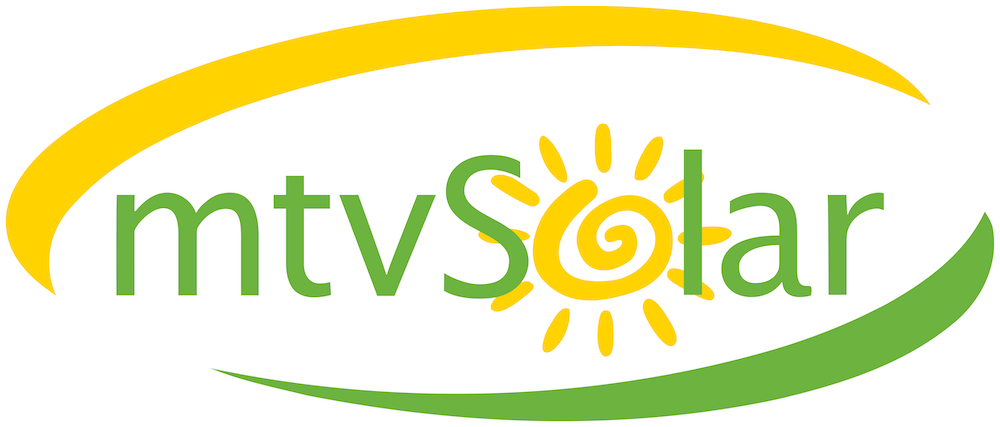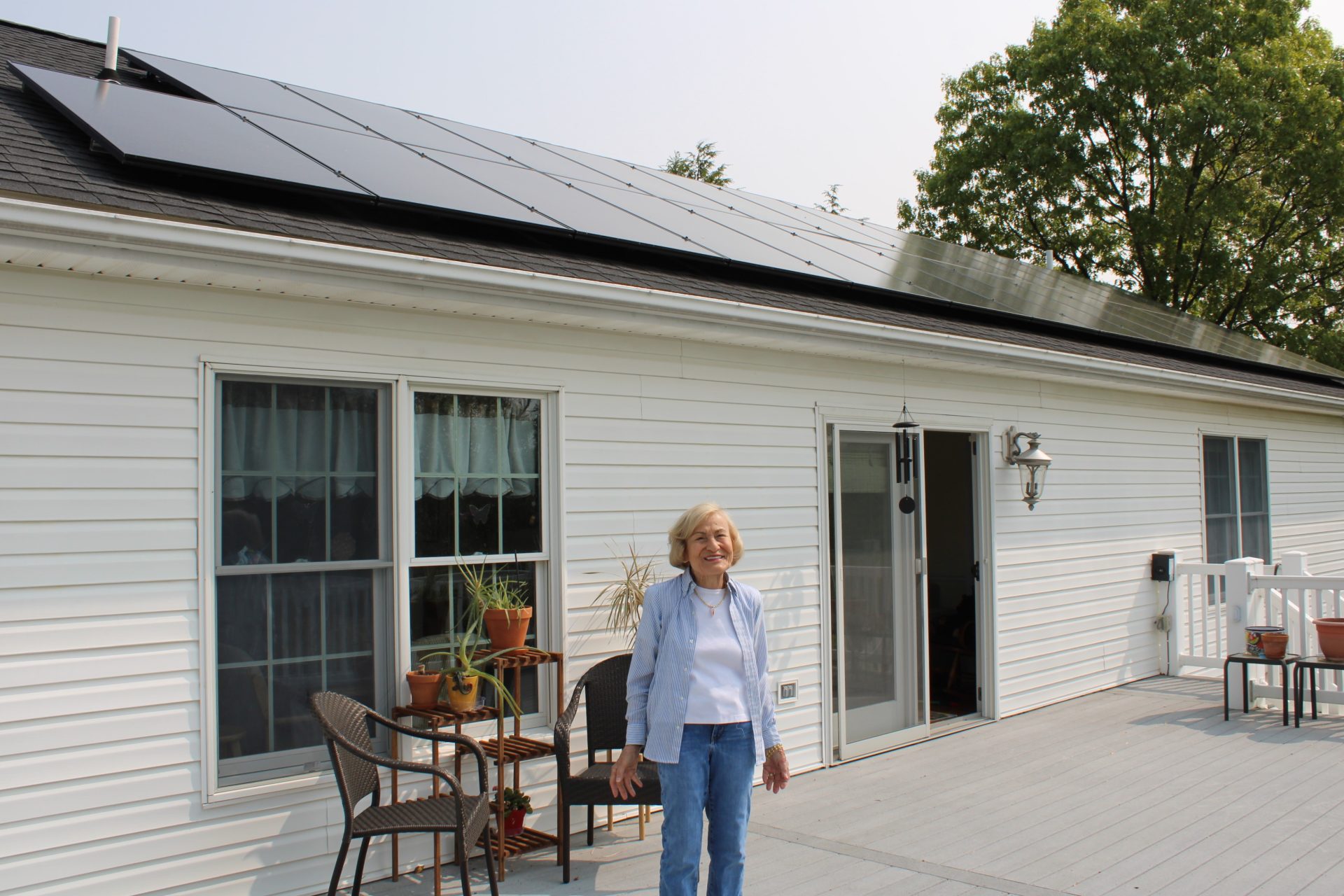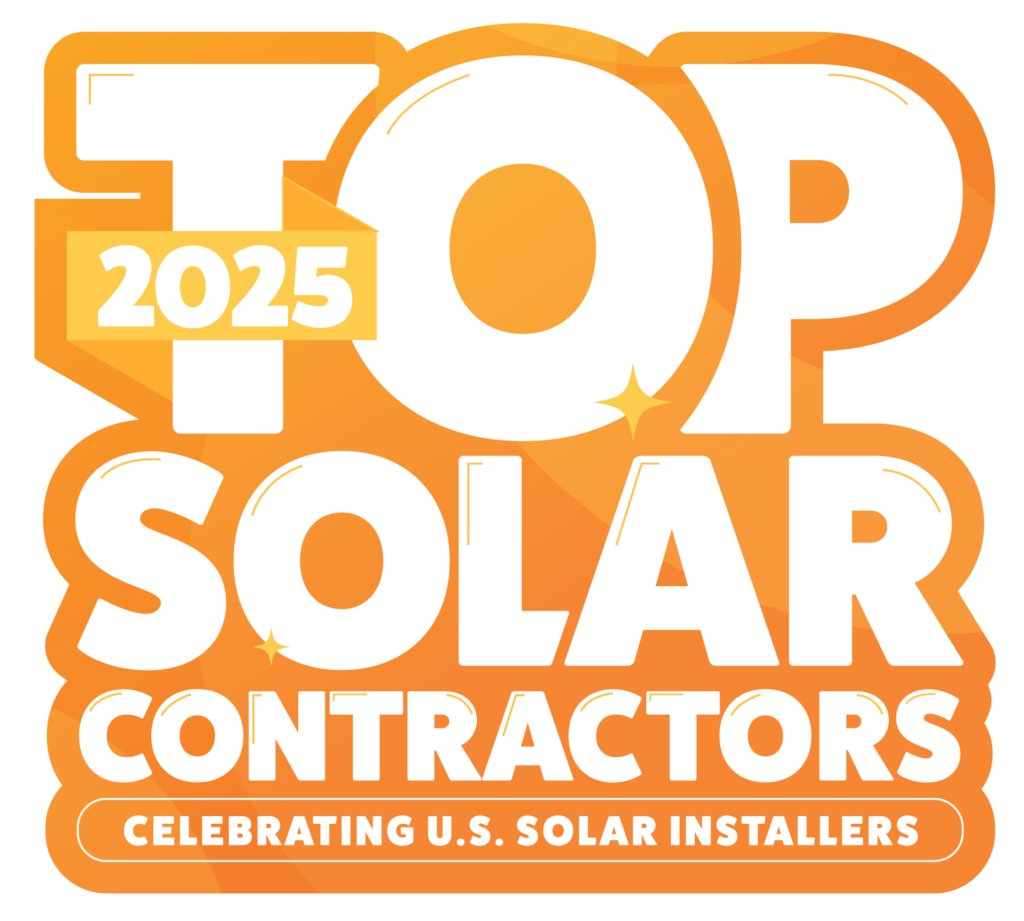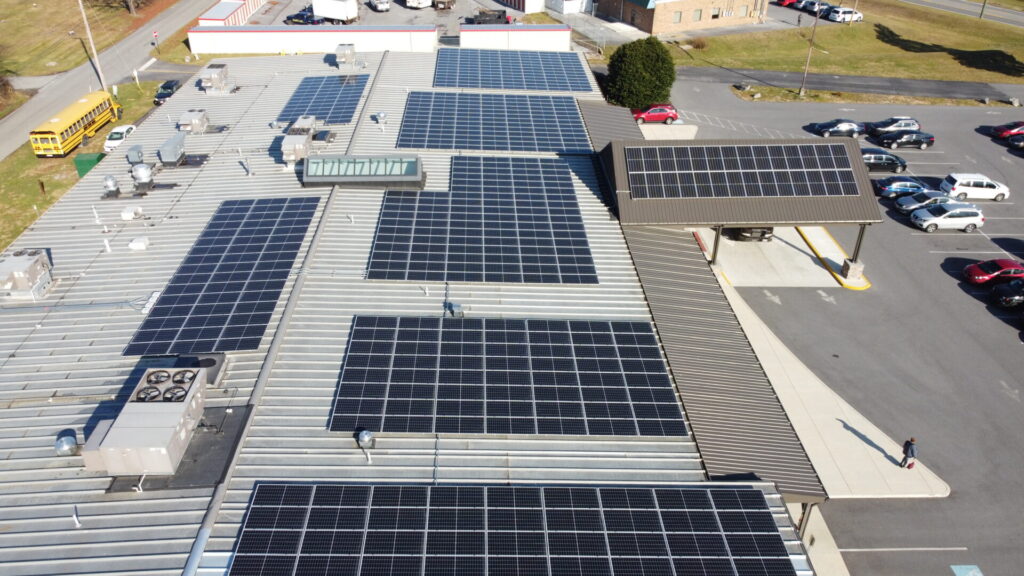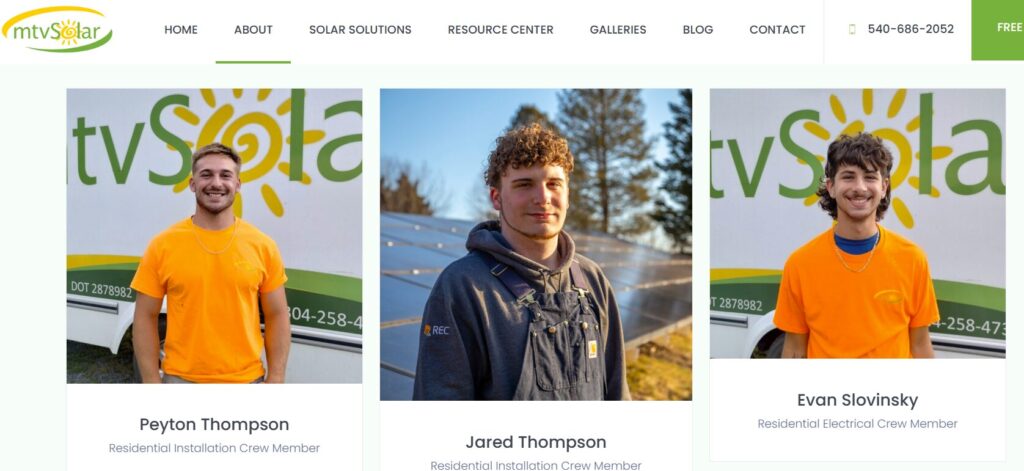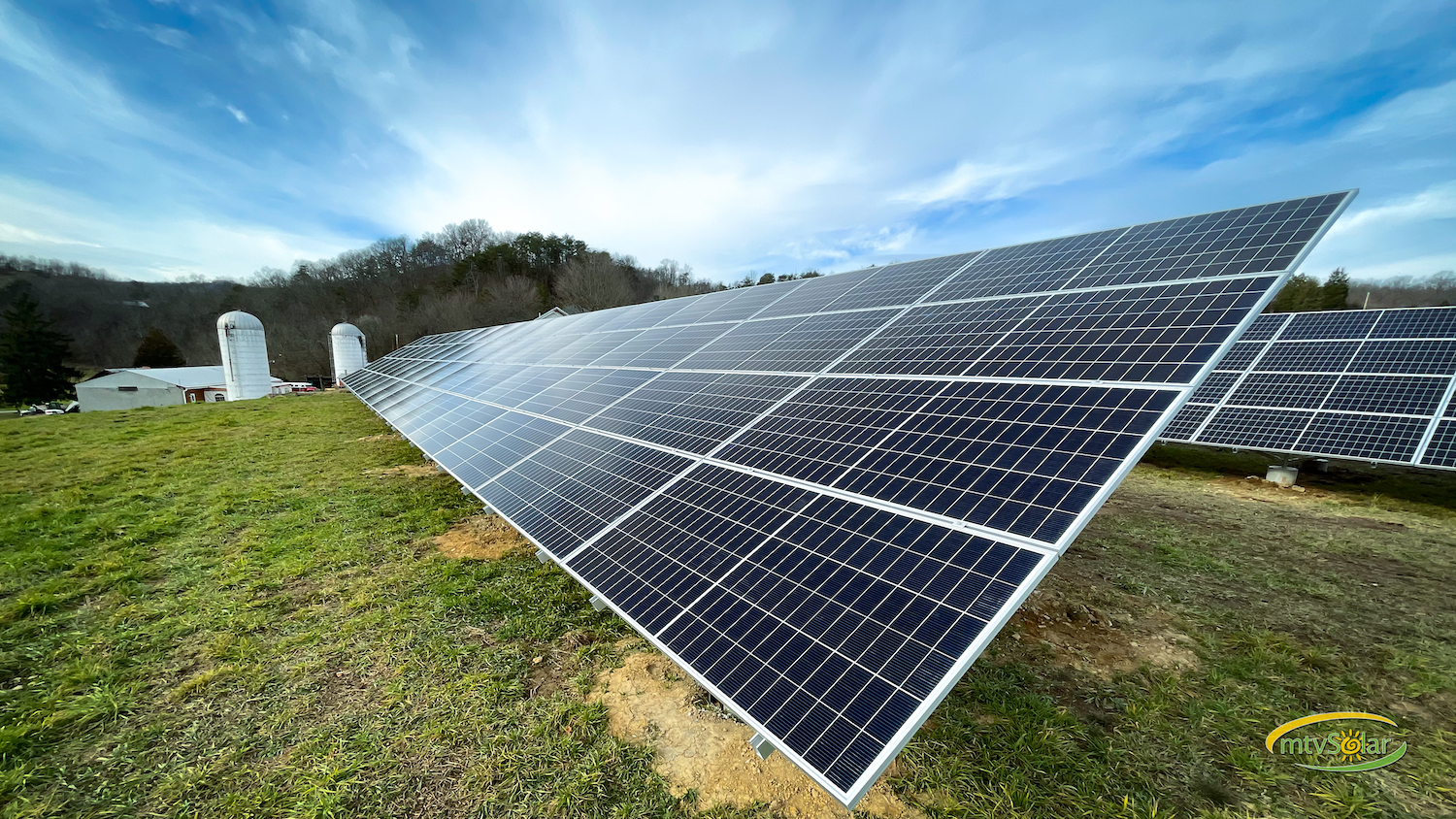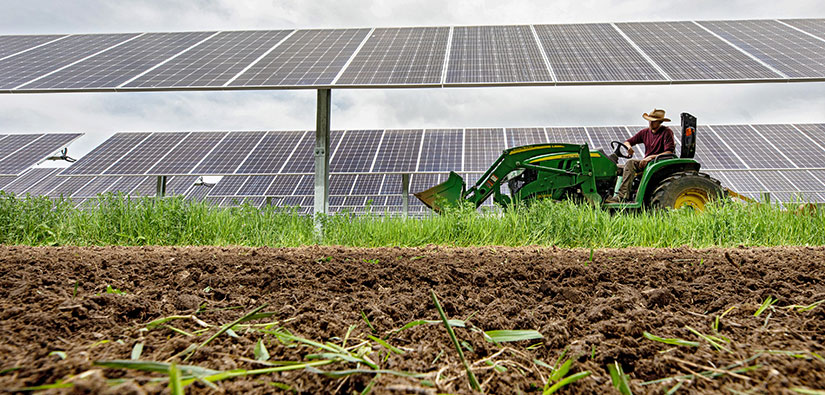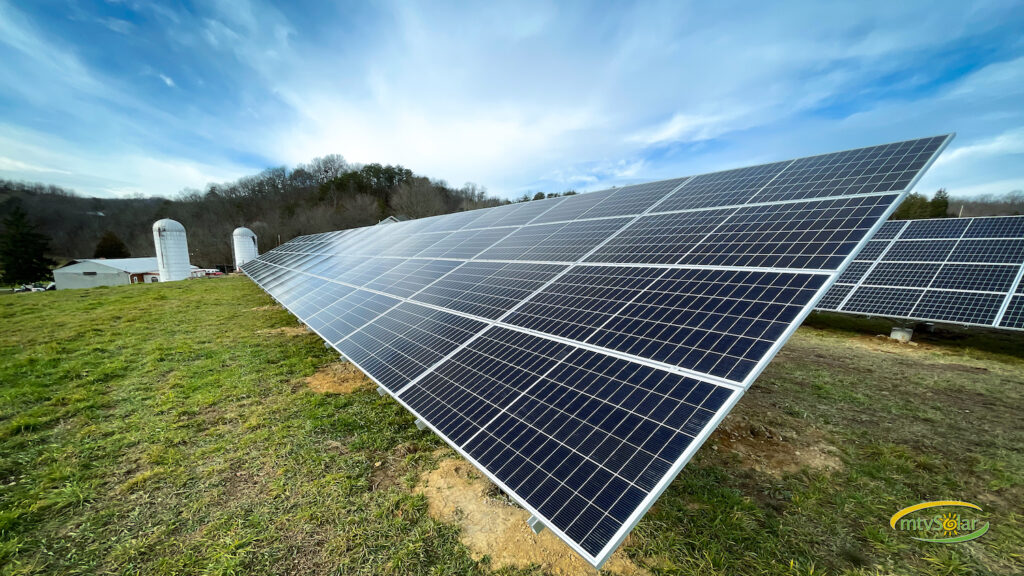Take advantage of our Special Residential Incentive before the end of 2025
Changes in solar and green energy incentives have shifted our industry in a short period of time, pointing to a need for new ways of keeping solar within financial reach for customers. mtvSolar’s team has worked hard in recent weeks to create a 2026 Sales Incentive for residential customers in 2026, minimizing the impact of the 30% tax credit going away.
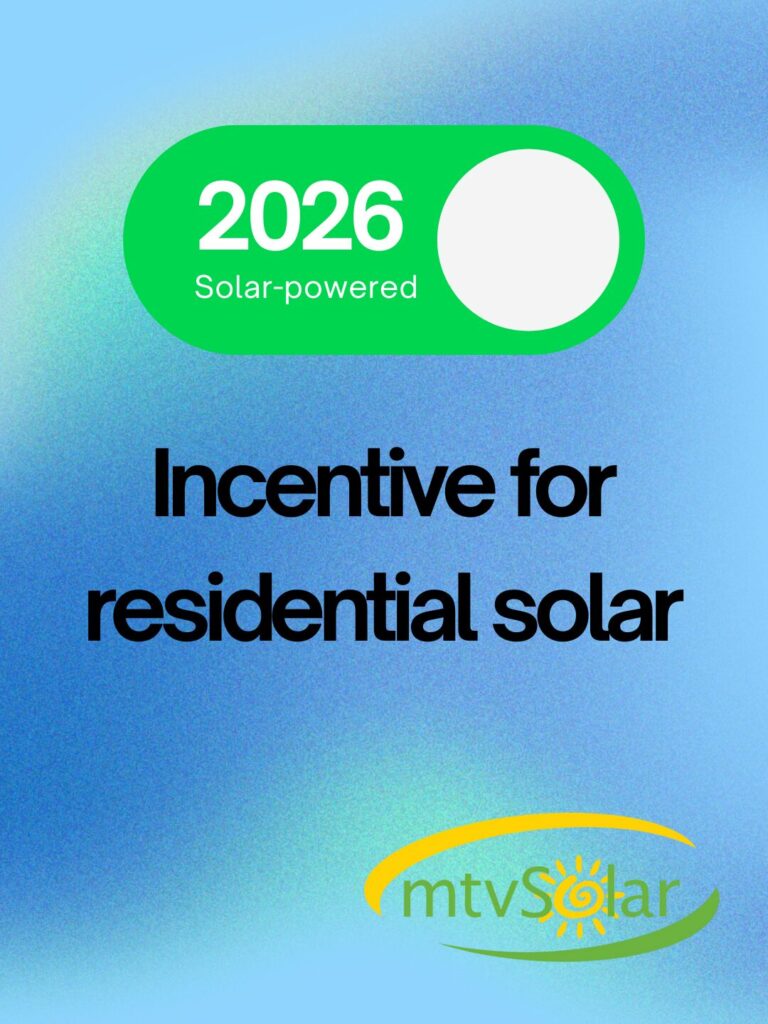
We’ve met this challenge by studying ways to cut the cost of solar while keeping high quality components that will deliver for decades to come. Now, as of October 1, mtvSolar is pleased to be offering a 2026 Solar Incentive for customers in our area.
As we planned ahead for the loss of the 30% solar tax credit (ITC), the team at mtvSolar dug in to find pricing that could be comparable to what a system would cost customers with the tax credit in place. We know homeowners will get a return on their investment over the long-term, but we’re striving to help with the short-term costs as well.
Here’s the deal:
We are offering special pricing for the first 50 clients who sign a contract and make a deposit by December 31, 2025. The offer will apply to a roof-mounted system of 8kW or larger, installed on one or two roof planes and located within 1.5 hours of our Berkeley Springs, WV headquarters.
Systems will be designed with a Tier 1 solar panel with panel-level optimized inverter technology. Clients can find even greater savings with our string inverter option. These are the same quality panels we generally install, with premium inverters.
By signing up committed customers by the end of the year, mtvSolar will be able to purchase these panels in bulk. That lets us pass the equipment savings onto customers.
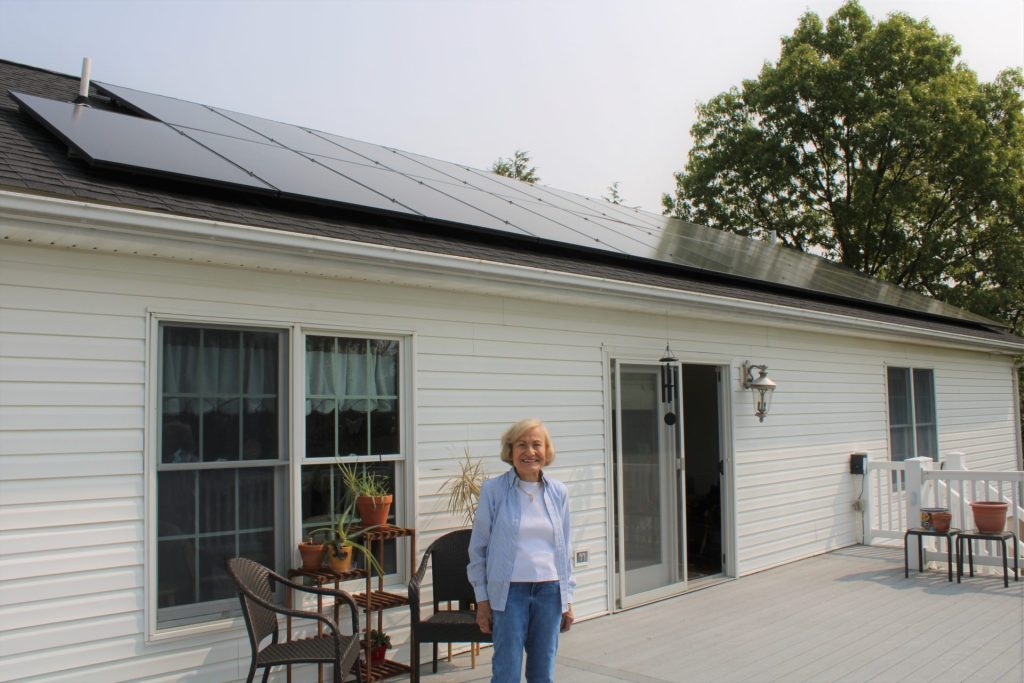
“This is our attempt to offset the loss of the ITC and keep solar actively being installed in our region,” said Sales Manager Mike Studholme. “We realize the tax incentive is going away, so we’re trying everything we can to negate that loss,” Mike said.
He noted that customers in some locations like Maryland can still qualify for state or regional grants for new solar, giving this special pricing even more impact.
Grid electricity costs continue to rise in our region as demand spikes and supply lags behind. When homeowners choose to install solar panels to provide power for their homes, they essentially lock in the price of electricity. When the solar generation system is paid off, all the solar power generated after that is no-cost electricity. Solar panels can function well for up to 30 years, and the average payoff period for a system is seven years. That means more than 20 years of free electricity for a solar owner – a huge savings!
With mtvSolar’s 2026 Incentive program, customers who are ready to go solar can do so quickly and at a lower cost. The first 50 customers to qualify can expect to see installation in the later part of the first quarter of 2026, or the early second quarter of the year.
Are you ready to claim your solar spot for 2026? Request a free site evaluation online at Free Estimate – Mountain View Solar or call us at 540-686-2052 or email sales@mtvsolar.com to connect with one of our Solar Consultants.

